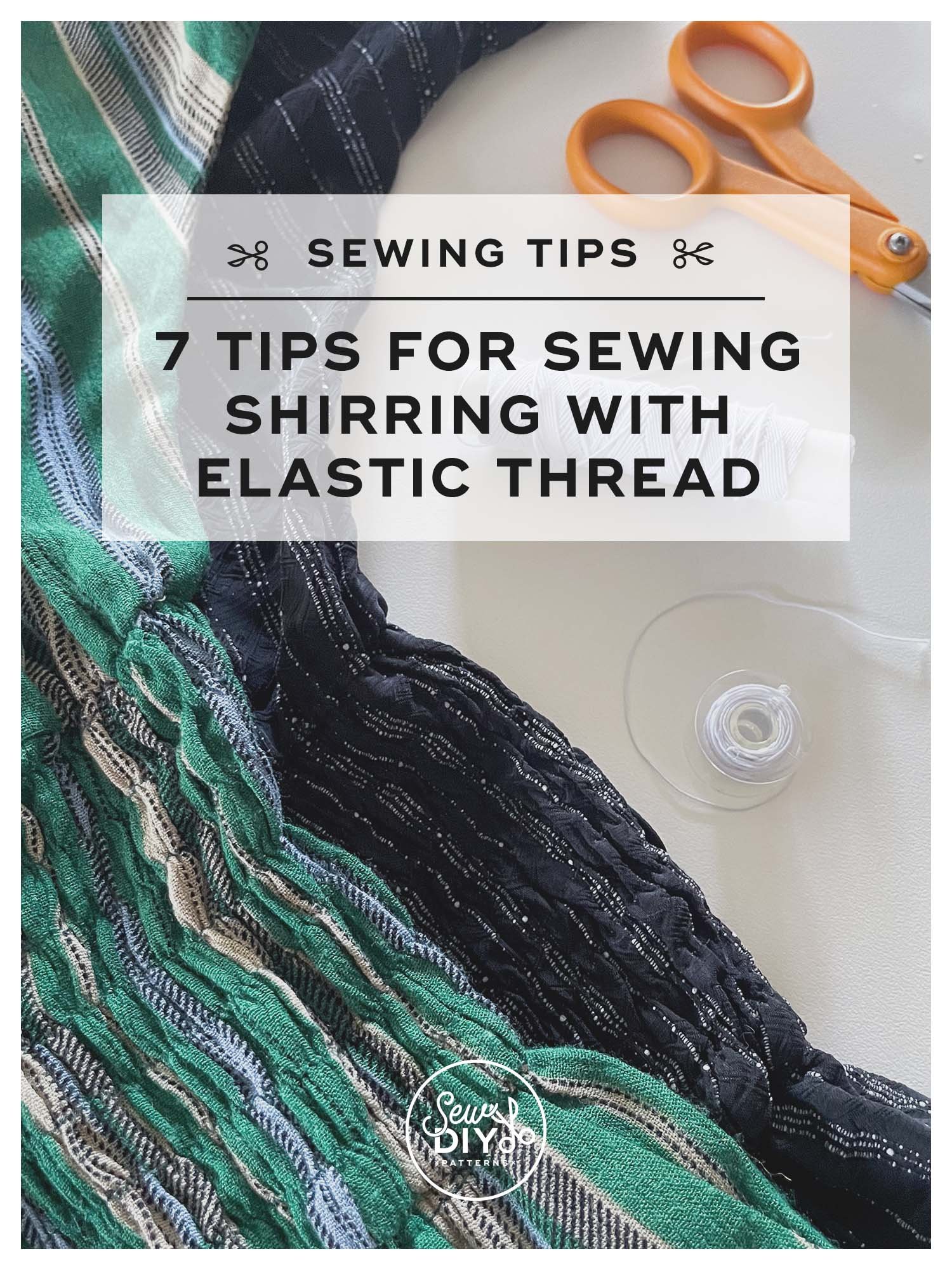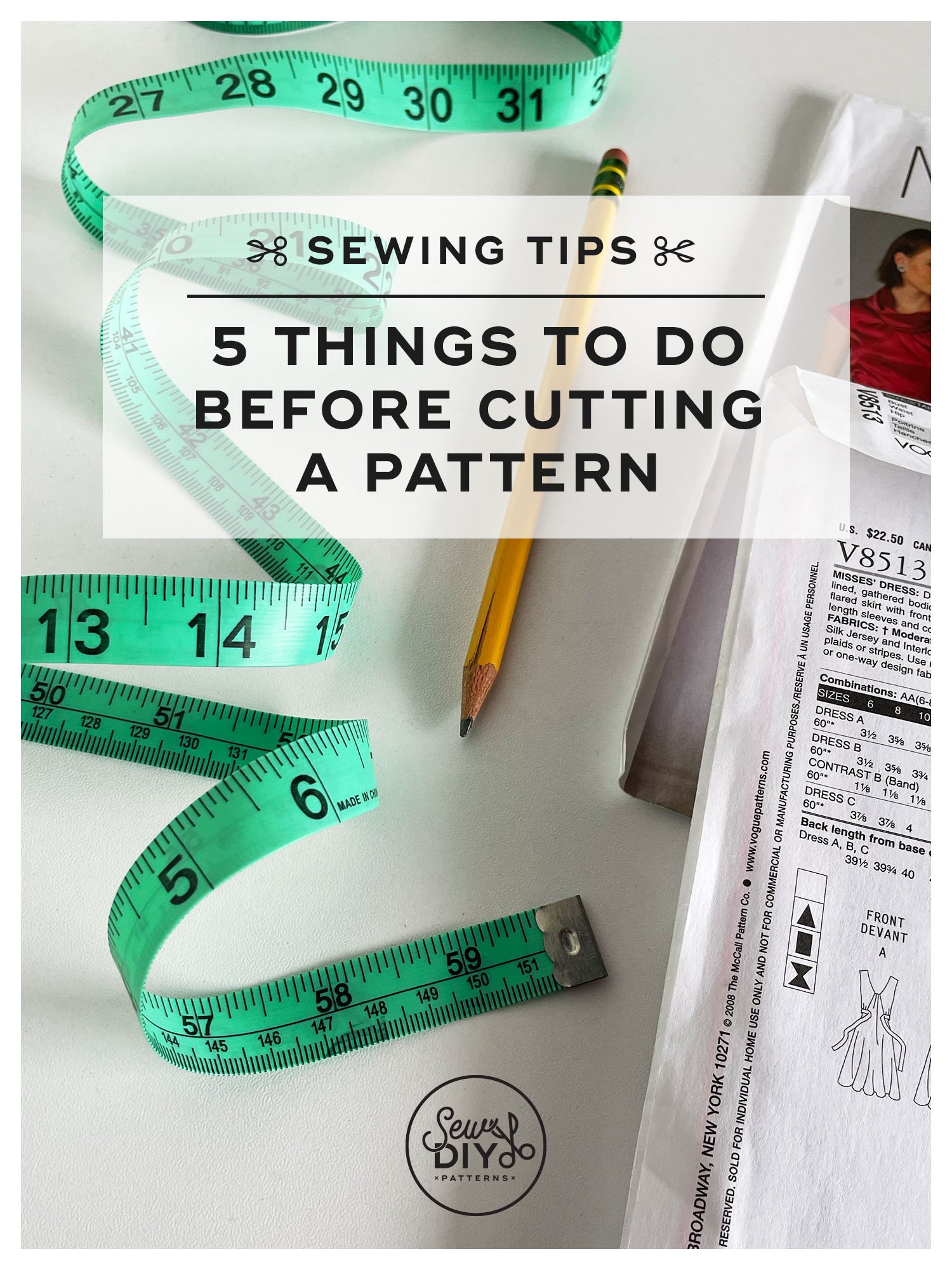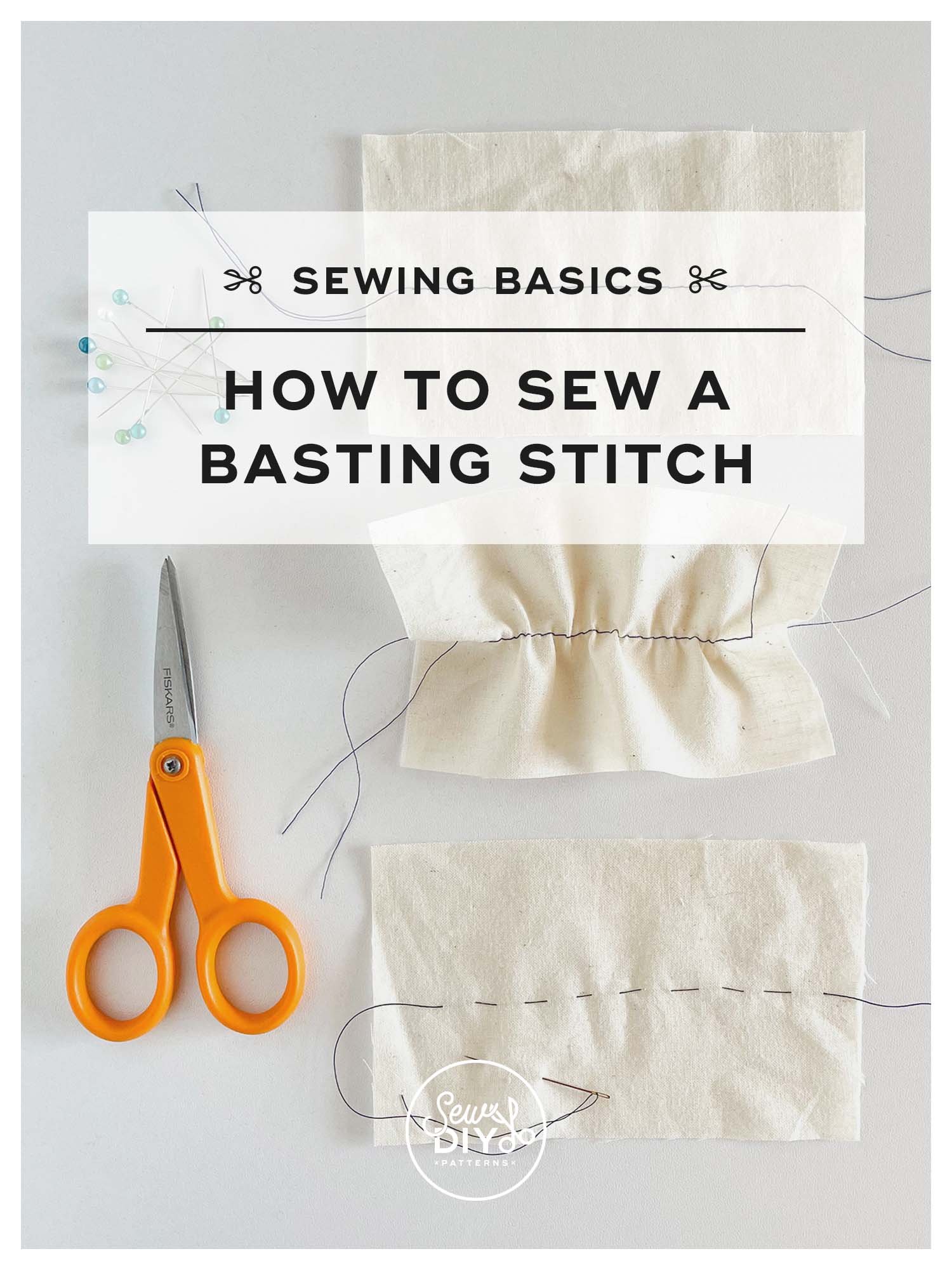Today I’m excited to share a new video with my top 6 tips for getting started sewing with knit fabric. When I first wanted to start sewing knits over 10 years ago, I was really intimidated because I didn’t know what to do. Over the years, I’ve done a lot research and had a lot of practice and now I love to sew with knit fabric. I’m planning a whole series of videos about sewing knit fabric so after you watch this one, make sure to subscribe to my channel on YouTube so you won’t miss any future videos.
Six Tips for Sewing with Knit Fabric
Find the straight of grain by holding up the fabric with the selvages of the fabric aligned. Shift the selvages to the left and right until the fabric hangs straight and doesn’t have any drag lines.
Use a rotary cutter for better accuracy.
Use a stitch with stretch (more on that down below)
Use a walking foot or, if you don’t have one stitch with tissue paper under your fabric to help it feed through the machine.
Use a ballpoint or jersey needle. This will prevent holes from being made in the fabric during stitching. Bonus tip! Test your stitches and needle on a scrap of fabric.
Jump in and practice. Every machine and fabric will behave a little differently so it’s important to practice and figure out which techniques work best for your machine.
I hope you enjoy this video. Let me know in the comments if there are any sewing topics that you’d like me to cover.





















